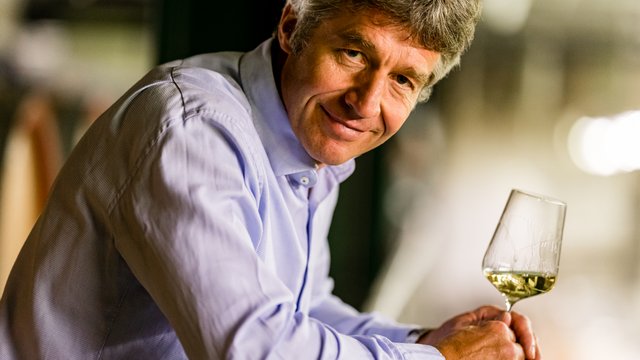Hölle
Total area: 48.7 hectares
Weingut Künstler 9.6 hectares
Vineyard
While the 48-hectare site once belonged to the deanery of the Cathedral of Cologne, the 'Hölle' ('Hell') in its name had nothing to do with fire and brimstone. Its title actually derives from the Middle High German word 'Halde', or 'steep hill.' The entire area and its people were sold to the Archbishopric of Mainz in 1273.The hillside vineyard east of the historic city of Hochheim wends at a 15% decline towards the Main River. The heavy clay soil nurtures powerful, monumental and seemingly timeless wines.
Wine: Rich and Resonant
The wines balance a racy, mineral-rich acidity with a playful exchange of fruit and spice. These bottles are reserved in youth, but given time develop an unmatched synergy of flavor, body and minerality. This site produces wines that are enormously powerful and rich in minerality; two properties that are elegantly unified and flavored on the palate. Yet it is the irrepressible vitality that continues to win hearts and palates as the years pass by.
Soil
Clay marl consists of fine, loose calcareous sediment. The quiet, slow-moving waters of the Tertiary Sea stood here between 18 and 33 million years ago, and sediments formed as the waters began to lose their salinity. The lower substrate of the "Hölle" site is composed of ochre-colored Cyrenian marl, with extremely fine clay particles and a heavy share of calcium carbonate — quite a mineral powerhouse. The dense substrate impedes drainage and is difficult for roots to penetrate. During the Ice Age, airborne dust deposited atop the clay marl. The loose and brown-colored loamy loess provides a counterbalance, giving the vines plentiful water and aeration. The black-brown topsoil above consists of humus and added compost.

